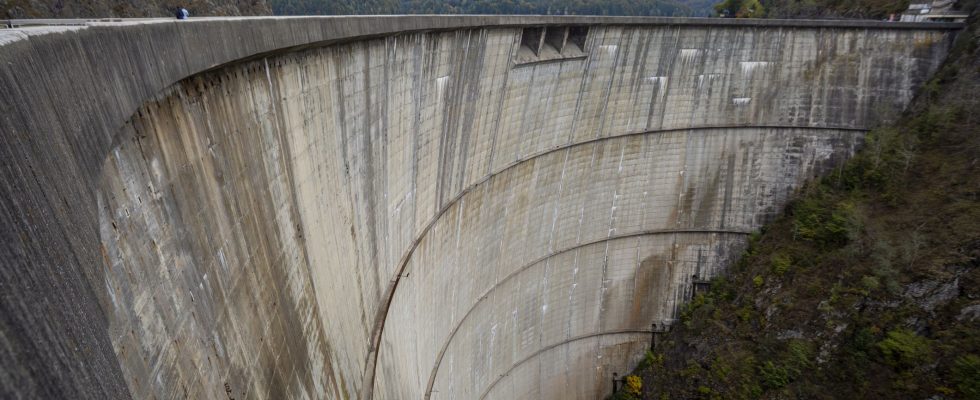It’s a bit like the new darling of European investors specializing in the energy transition, who see it as an opportunity to escape the spleen of their failed bets in wind or solar power. “Societatea De Producere A Energiei Electrice in Hidrocentrale Hidroelectrica”, conveniently abbreviated to Hidroelectrica, generated a certain amount of enthusiasm this summer following its IPO. The filing ticks several attractive boxes, including “ENR,” “ESG,” and emerging market. Advantages which have erased, for the time being, the defects linked to the low reputation of the financial center of Bucharest and the presence of the Romanian State in the capital.
Hidroelectrica owns and operates just over 180 hydroelectric plants, five pumping stations and a wind farm in Romania, representing 6.4 gigawatt hours of installed power. It is the No. 1 producer on its domestic market, with around 30% of the electricity generation in this country of 19 million inhabitants, including almost the entire hydroelectric fleet. Among companies listed in Europe, there is only one other player so exposed to hydroelectricity: the Austrian Verbund. With a capitalization that exceeds 50 billion lei (RON), or 10 billion euros, Hidroelectrica is already the largest listed Romanian company, after having outdone the oil group OMV.
A sustainable economic model, analysts say
Financially, if we put aside a bankruptcy around ten years ago, the situation is rather good, with a positive net cash position, that is to say liquidity greater than debt, and a very high profitability thanks to a low-cost production park. The Ebitda margin stood at 64% in 2022, twice as much as the aforementioned reference company, Verbund. Turnover is expected to reach the equivalent of 2.35 billion euros this year, for a net profit of 1.23 billion euros. The profitability is almost too good to be true. It should also crumble in the years to come, but only moderately. The analysts who follow Hidroelectrica, much more numerous than usual for a company listed on a minor market, judge that the economic model is sustainable.
Despite the qualitative advantage linked to these generous margins, the file is not better valued than its comparable companies, at around 7 times the enterprise value/Ebitda ratio. The group undertakes to pay a large dividend: 90% of the profit is returned to shareholders. Based on a price of 120 RON, the return is expected to reach 10% on average over the period 2023-2025, which is considerable. To this must be added a good portfolio of development projects, international competition which is reluctant to attack local state monopolies and, of course, the little green flag of ESG.
The crushing weight of the Romanian state
Behind the scenes brings some nuances to this panegyric. To begin with, Hidroelectrica was jointly minority-owned by the local holding company Fondul and majority-owned by the Romanian state until the IPO which took place in July. From now on, the float represents 20% of the capital and the government’s share 80%. It is therefore the State which appoints the administrators and which ultimately has control over the conduct of operations. A parameter which creates a specific risk for shareholders, who are generally cautious when it comes to bringing together private and public interests.
In addition, Hidroelectrica has no history as a listed company, which reduces the benchmarks available to investors. The exchange rate risk is not negligible either, even if Romania has announced its intention to join the euro zone in the medium term. Finally, the bankruptcy ten years ago was explained by a multitude of internal factors. But the last straw was exogenous: a particularly severe drought, which caused hydroelectric yields to drop. Given the current climatic context, this is a parameter to be integrated.
